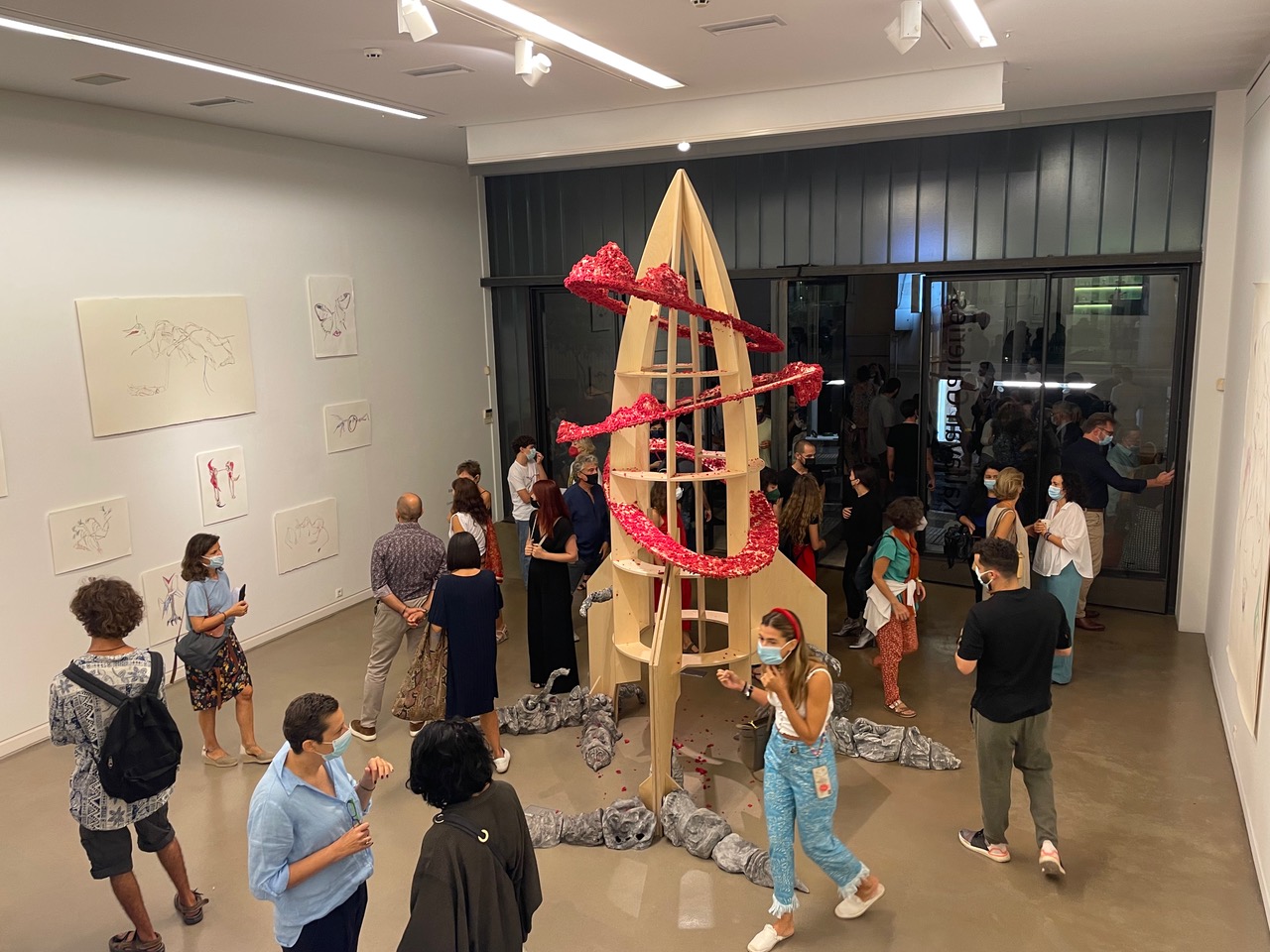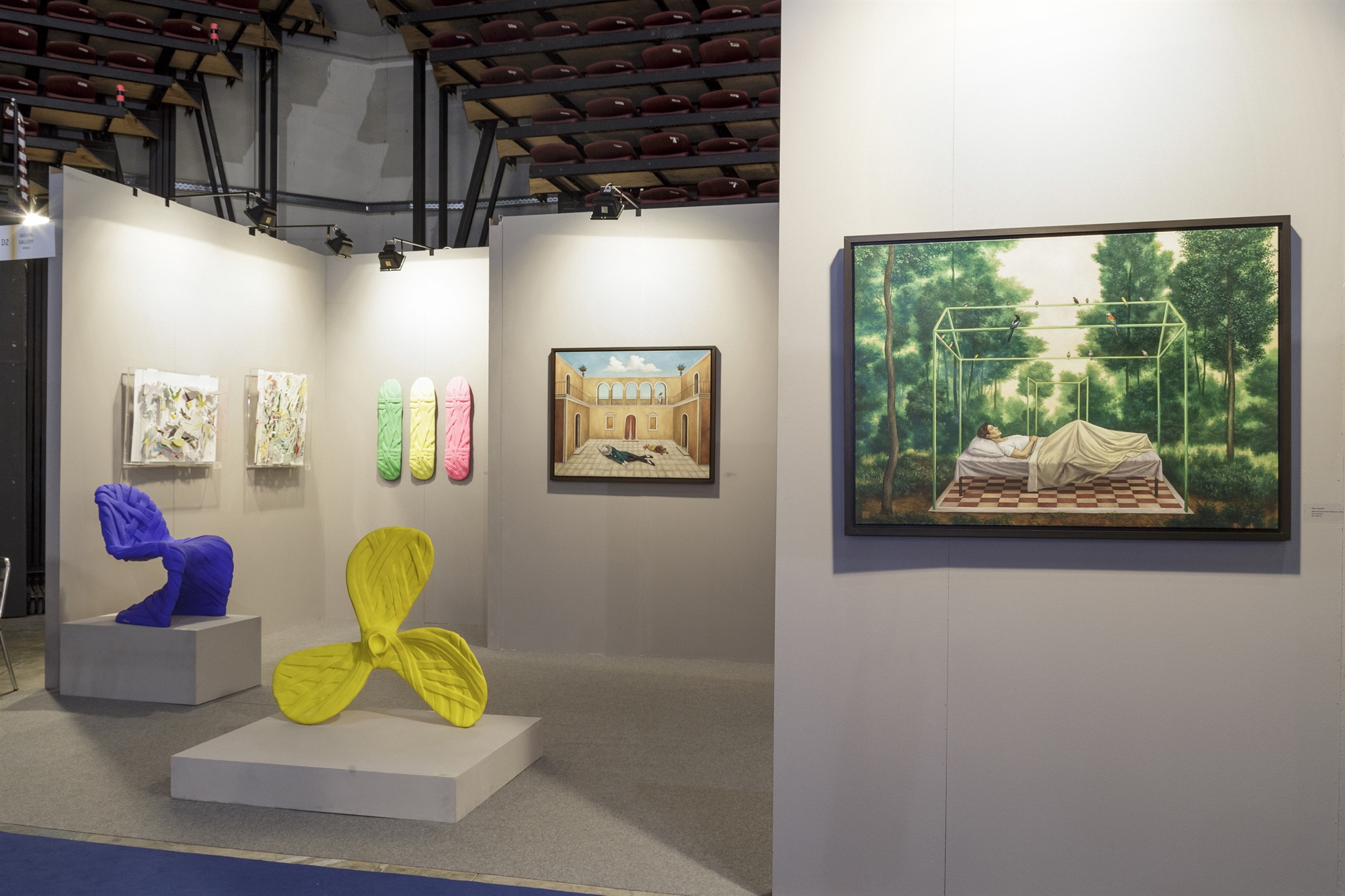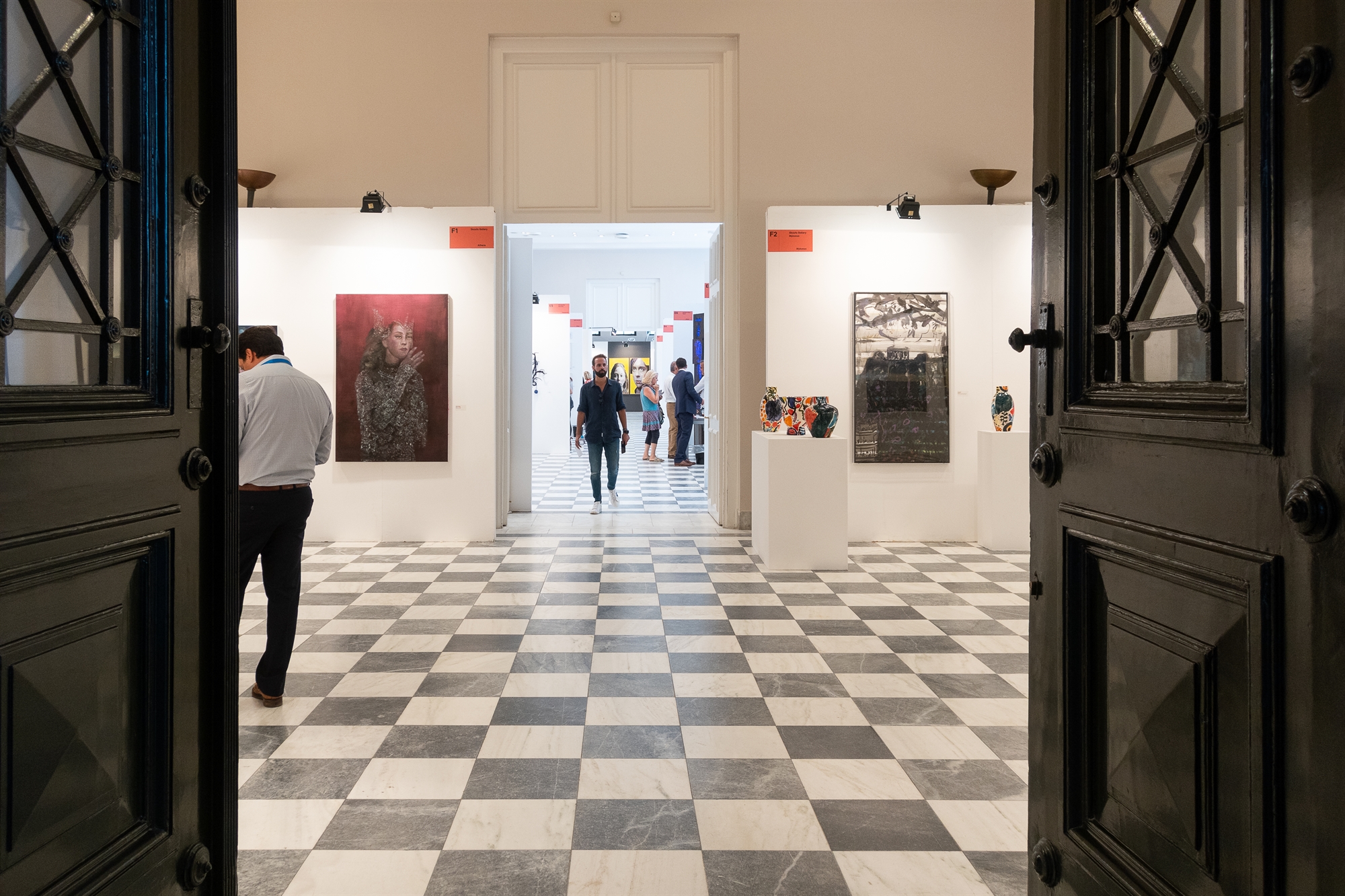
The initial numbness caused by the pandemic quickly gave way to ingenuity. Cultural institutions, artists and spectators showed impressive reflexes. Louis Vuitton collaborated with the great Yayoi Kusama, our international fairs believed new trends in virtual wells, MoMA invited us to online workshops, our artists “opened” their studios. We got acquainted with podcasts and online auctions. We have learned the hard way that a public space can also be an art space.
When Henry Timms, president and CEO of the Lincoln Center for the Performing Arts, visited Athens last spring, he told K: “We need to think about art differently. When the pandemic hit, the outdoor area around Lincoln Center was the only stage available.” It turned out that 25% of visitors had never shown interest in the organization, and half of them were under 45 years old. So perhaps art initially saw downward trends in international markets – the United States alone saw a 24% drop in 2020 from a year earlier, and major museums like the Brooklyn Museum were forced to part ways with parts of their collections to “stay in the game”, but it has gained popularity. Suddenly, art became more “democratic.”
In the US, 2020 saw a 24% drop from the previous year, with major museums forced to part ways with parts of their collection to “stay in the game.”
In March 2020, the head of contemporary design at Sotheby’s decided to move the auction online. Everyone in the department panicked. Sales that day were $4 million.
The road was open. At the same time, Mark Spiegler, director of Art Basel, prophetically stated that even when the danger of a pandemic has passed, galleries and fairs will use digital tools. And they do. However, at the same time earlier this year, Art Basel announced that it would be opening another fair at the iconic Grand Palais, while Frieze ended its first event in Korea just a few days ago.
“Korea is a very strong market, shown for the first time by major galleries opening spaces in Seoul,” says Elektra Souzoglou, Frieze VIP Consultant. “There was a lot of traffic, you had to see a work of art up close, and feel the excitement that is created at the fair around a work, artist or trend. We need both: both physical presence and easy access in the digital environment,” he notes. He notes that new apps and especially Instagram have captured the attention of many young artists and have proven to us that millennials are interested in art and new trends such as NFT, crypto art, street art, design. This echoes the sensation created by young Briton Flora Junkovic at Christies last March when her work was sold to a collector for £1.9 million, five times its original estimate. “A few years ago this would have been unthinkable,” he says. “The art space was going through a transition period and before the pandemic, it cushioned the pressure and moved forward. He may have momentarily indicated that he was losing momentum, but quickly recovered. It is a stable investment unaffected by medical, energy, financial, political crises and a stable place to find peace.”



Source: Kathimerini
James Springer is a renowned author and opinion writer, known for his bold and thought-provoking articles on a wide range of topics. He currently works as a writer at 247 news reel, where he uses his unique voice and sharp wit to offer fresh perspectives on current events. His articles are widely read and shared and has earned him a reputation as a talented and insightful writer.